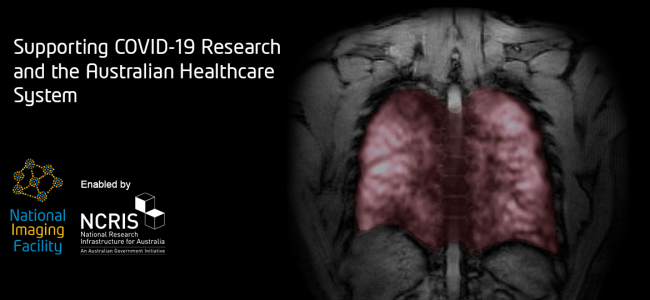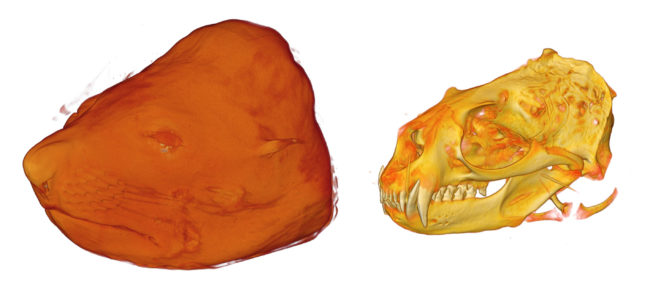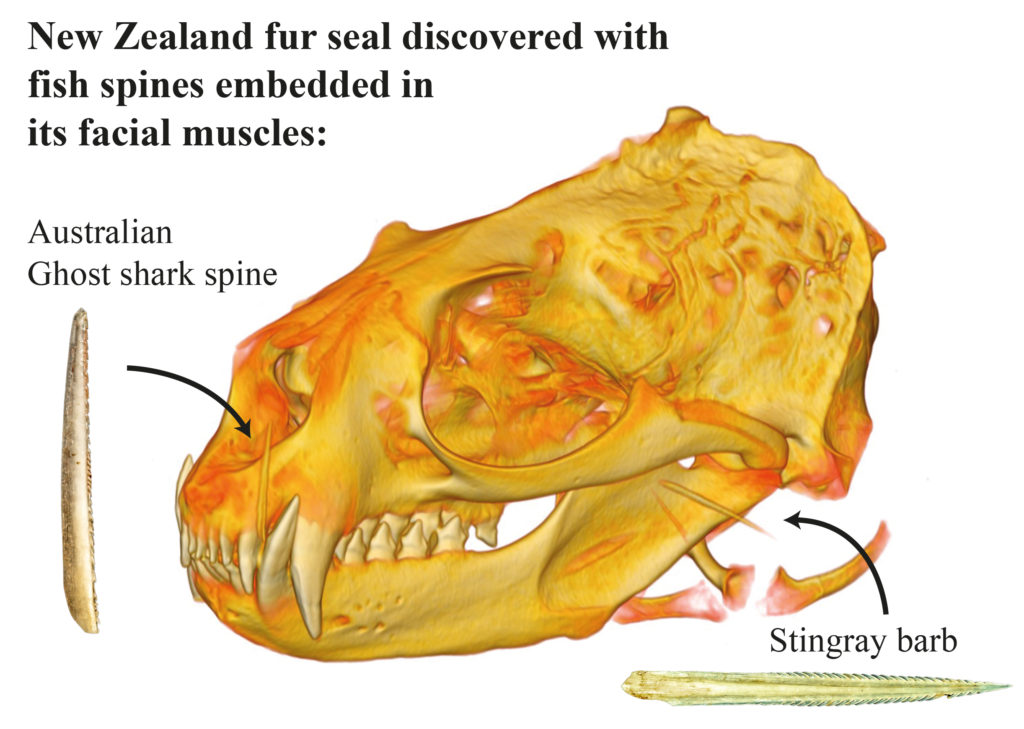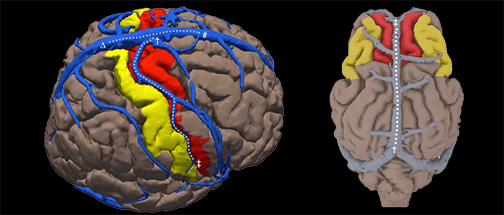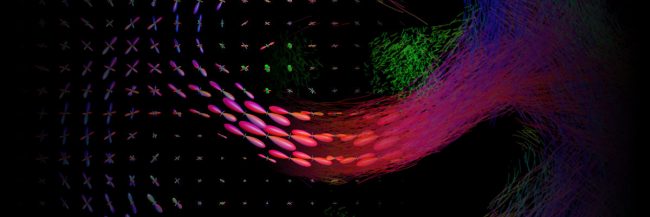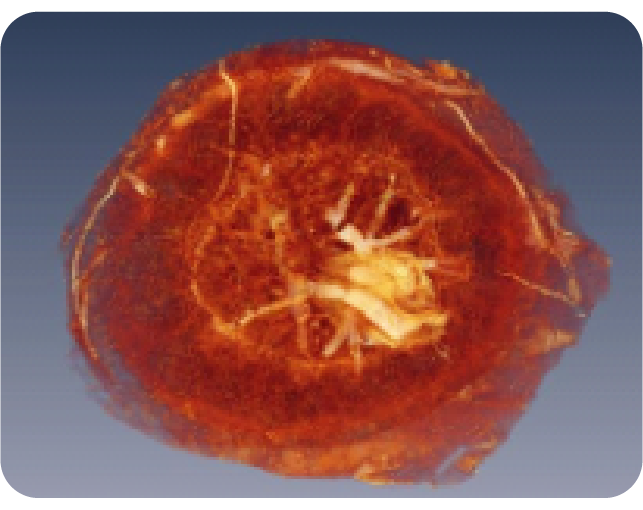Supporting Australia’s Healthcare and Research Ecosystem
The Australian Government’s National Collaborative Research Infrastructure Strategy (NCRIS) exists to enable national-scale research facilities, thereby facilitating Australian researchers to address critical national and global challenges effectively and efficiently. NCRIS projects provide equipment, resources, analysis tools and, importantly, expertise.
Read More

